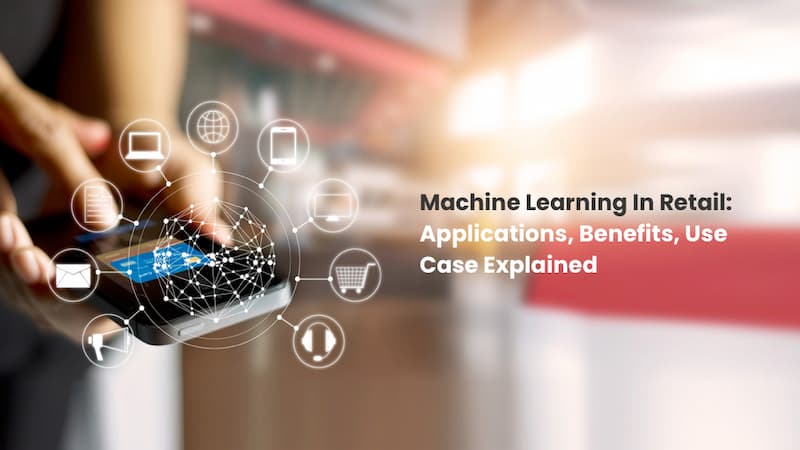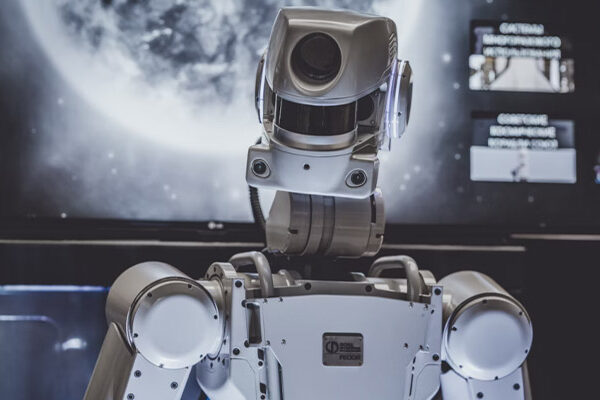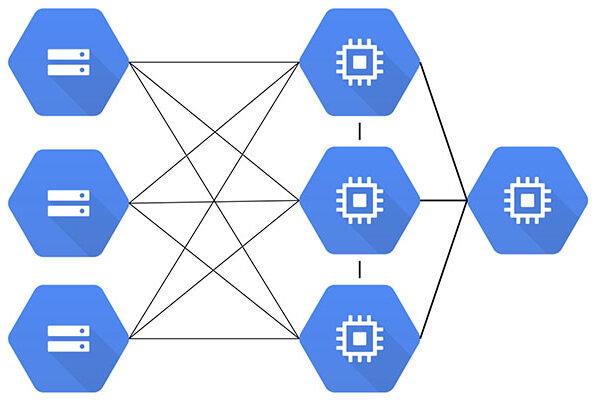Machine learning (ML) enables companies to improve their bottom lines, greatly benefiting the retail industry. The data generated helps unlock the opportunity to predict, adjust and meet changing customer needs to make this happen. Through this article, we will discuss the various ways organizations can use machine learning techniques to keep their retail operations ahead of the competition by exploring use cases and best practices.
Table of Contents
Why Does Machine Learning Matter?
It is a subset of artificial intelligence that enables computer systems to evaluate and learn from data while making accurate predictions and intelligent decisions with minimal human intervention. A retailer’s machine learning model can efficiently examine large volumes of complex data and break it down into actionable insights, enabling:
- Accurately estimate future demand
- Inventory management optimization
- Understand customer needs with the right segmentation
- Personalized product options
- Set the best price to maximize revenue
Why Do Retailers Need Machine Learning to Move Forward
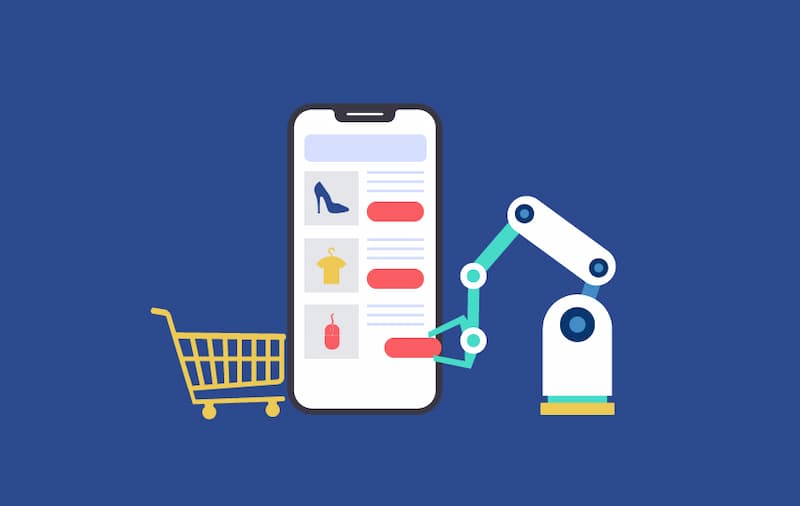
The retail industry is undergoing constant evolution in all aspects – customers are constantly changing their buying patterns and the market is developing into a complex ecosystem. Emerging technologies are disrupting the industry at breakneck speed. Meanwhile, shoppers are bombarded with enticing offers vying for their attention on every channel, from online (web to mobile apps) to in-store.
By combining machine learning with marketing efforts, organizations can make the most of their consumer data. AI capabilities such as computer vision, visual search, and natural language processing are proving to be game-changers by improving retailers’ optimization and forecasting.
Companies that are reluctant to implement this data-driven technology will lag significantly in KPIs. Those early adopters will outperform, regardless of their existing status. Actively keeping up with this trend with a trusted technology partner like ours makes a lot of sense.
Benefits of Machine Learning in the Retail industry
Leverage this technology to improve operational efficiency, reduce inventory costs, and adjust retail operations to current and future market changes.
Methods as below:
- Determine the best prices for products and services
It considers all factors that affect product pricing to help suppliers get the best price for their products.
- Forecast on-hand inventory levels
Based on an evaluation of historical sales data and current buying patterns, machine learning provides an accurate estimate of what orders you can expect.
- Provide personalized customer service
AI-based chatbots are able to assist customers 24/7, quickly solving their problems with personalized advice without any human intervention.
- Identify the supplier with the best deal
It can compare quotes from multiple suppliers to market prices to help offer the best deal and make profitable decisions.
- Customize the shopping experience
ML can create hyper-personalized consumer personas in minutes, helping to tailor deals and offers in real-time to increase conversions.
- Track customer journeys across touchpoints
In-store and online customer journeys can be efficiently tracked to identify products with consistent demand and high-traffic areas.
However, in order to reap these benefits of ML, it is important to ensure that the data is free of errors and inconsistencies. Cleaned data ensures accurate predictions for the best decisions while keeping customers coming back.
How Important Is ML To The Future Of Retail?
In a 2016 Deloitte survey, 50% of shoppers agreed to share private information if businesses could offer unique and personalized support and promotions. To make better use of this data, the retail industry needs to apply machine learning to its workflow. Machine learning can improve customer service and create customized experiences for buyers. For example, Amazon, the world’s largest retailer, generates 55% of its revenue from an automated recommendation engine, widely regarded as the best on the market.
Retailers also acknowledge the power that machine learning can bring to their businesses. In 2018, compared to 2016, the number of retail companies employing artificial intelligence or machine learning increased by 600%. A Statista survey of global retailers found that cost savings, enhanced decision-making and process automation are some of the main areas where the technology has strong growth potential.
Additionally, the trend is encouraged by thousands of retail chain boards.
20% of C-level executives in 10 different countries have machine learning applications as a core part of their companies.
65% of businesses are likely to adopt machine learning because it helps them make decisions.
U.S. retailers that use machine learning to analyze supply chain data have seen their operating profits rise 10 percent over the past five years.
Machine Learning Applications in Retail
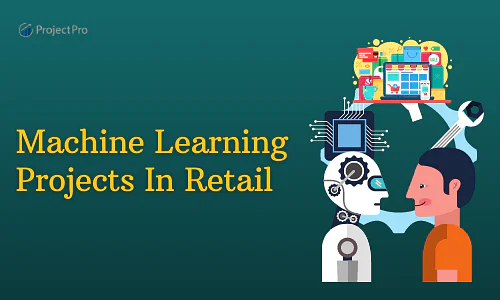
Inventory forecasting and logistical support
For retail businesses, maintaining healthy inventory is just as important as store sales. Many owners are struggling to avoid warehouse stockouts or backlogs. Global retailers lose $1.1 trillion a year just because of poor inventory management.
Machine learning can be the ultimate solution for better inventory management. Computers will collect different aspects of product records, including but not limited to:
- import and export
- Time ranges, such as days, weeks, quarters, or special occasions such as Christmas or Thanksgiving
- sales history
- place
- trend
- promotion
- general customer base
The system then calculates the product’s health and sales performance based on these criteria and then notifies retailers when restocking or late stocking is required. Thanks to the application of machine learning in retail, store owners can better understand their inventory and quickly turn to more effective strategies when needed. For example, Morrisons, the UK’s fourth-largest supermarket chain, reduced shelf shortfalls by 30% in 491 stores due to better stock forecasts.
Pricing optimization
There are millions of retail businesses of all sizes around the world. It can be an uphill battle to stand out from the crowd of competitors. An attractive dynamic pricing plan will be the key to attracting customers to the retail store. Machine learning can help businesses analyze and apply flexible pricing without losing their overarching goals. For example, during seasonal events such as Valentine’s Day, demand for chocolate is expected to accelerate. Due to high demand, the price will be an additional consideration for consumers. Machine learning can help you address past Valentine’s Day trends and provide a suitable plan that ensures satisfaction on both sides: You get the most revenue, and the customer doesn’t have to buy anything overpriced.
Demand Forecast
Looking at the above example, demand forecasting is also an excellent use case for machine learning in retail. Over time, machine learning applications can store massive datasets and become your most experienced employees. By analyzing past performance based on 5 determinants of retail demand, they can predict trends and potential changes:
- product price
- customer revenue
- The price of supplementary goods or services
- customer’s taste
- customer expectations
This result not only helps retailers better prepare their stores for the next phase but also supports flawless customer service, as these brands do not lose any potential buyers due to out-of-stocks.
Customer behavior tracking and forecasting
One of the most significant advancements machine learning has brought to the retail industry is its ability to track and analyze customer behavior. The application is not limited to evaluating and forecasting consumers, but can also be integrated with other tools to form a comprehensive online and offline customer management system. Large retailers like Walmart and Target have adopted this technology with great success.
Check out the success story of this top Japanese printing company. The company has expanded its reach into several areas, especially retail. The business needs robust technology to support its brick-and-mortar stores to fuel its growth. Each location is equipped with a CCTV system that records video of customer behavior. If companies can use these resources to analyze customer behavior, it will be a valuable asset. Machine learning turns these seemingly impossible ideas into reality. After specifying behavioral patterns for each step of the customer journey, machines can now identify customers’ purchase intent. It alerts employees when customers perform certain actions, such as selecting a product, and creating a personalized experience for each visitor.
Customer purchase journey optimization
When retailers better understand consumers, they can improve their customer service to suit their target audience. Machine learning can support every retail sector such as:
Sales teams can quickly identify consumers’ needs and recommend suitable products based on their preferences and budget based on their purchase and transaction history.
Through demand forecasting, marketing teams can create attractive promotions to keep up with trends and changes in customer behavior.
The logistics team will always have full control of the inventory to know when items need to be refilled.
Customer support teams can provide seamless service because they have access to organized, visualized, and constantly updated customer data.
How To Help Businesses Leverage ML to Level Up Retail Game
- The Business Case: Optimizing eCommerce Website Growth
Challenge: Although customers launched new products and expanded their product portfolio, they were unable to meet sales targets.
Solution: Custom-developed hybrid recommendation software based on Gated Recursive Unit (GRU). It harnesses the power of deep learning to track on-site purchase behavior and provide personalized recommendations to enhance the shopping experience.
Key Results: The solution resulted in a dramatic 80% increase in transaction volume.
- Business case: Inventory solution for a US hardware reseller
Challenge: Uncertainty in market conditions has created a huge gap in inventory management as inventory continues to sell rapidly.
Solution: Our team created a custom Bayesian optimal inventory solution that augments human behavior to facilitate data-driven decision-making. It also regularly provides actionable insights that allow merchants to replenish their inventory in a timely manner.
Key Result: Inventory forecast gap reduced from 30% to 20%.
- The Business Case: Forecasting Demand for “Brick-and-Mortar” U.S. Stores
Challenge: Due to the global pandemic, statistical forecasting software cannot estimate future trends and predict likely customer behavior.
Solution: We developed and deployed a forecasting system capable of adapting to various customer trends, aligning consumer behavior with prioritizing sales departments.
Key Results: After months of accurate forecasting, the client’s sales revenue increased by 10%.
- The Business Case: Custom Omnichannel E-Commerce Solutions
Challenge: Existing systems do not have easy access to key consumer insights critical to business growth.
Solution: Create a consumer clustering framework based on recency, frequency, and value for money (RFM) analysis. It helps them grasp buying patterns, average purchase rates, customer satisfaction quality index, and more.
Key Results: Clients were able to reduce churn by 10% through enhanced visibility into consumer behavior and key business insights.
If you’re still not taking advantage of this technology, your opponent will definitely be ahead!
The machine learning retail use case clearly illustrates how ML can level the playing field for retailers of all sizes, enabling them to use the same tools. If you’re still not taking advantage of this technology, your opponent will definitely be ahead!
In Conclusion
Unlike artificial intelligence’s ability to imitate humans, machine learning focuses on how computers understand and analyze customer behavior and behavioral patterns. Thanks to this technology, retailers can make better decisions and strategies in a timely manner and enhance their customer service. As more retailers adopt the technology, the possibilities for machine learning in retail are endless. Now is the time for the retail industry to take serious steps to update the entire workflow with machine learning.

